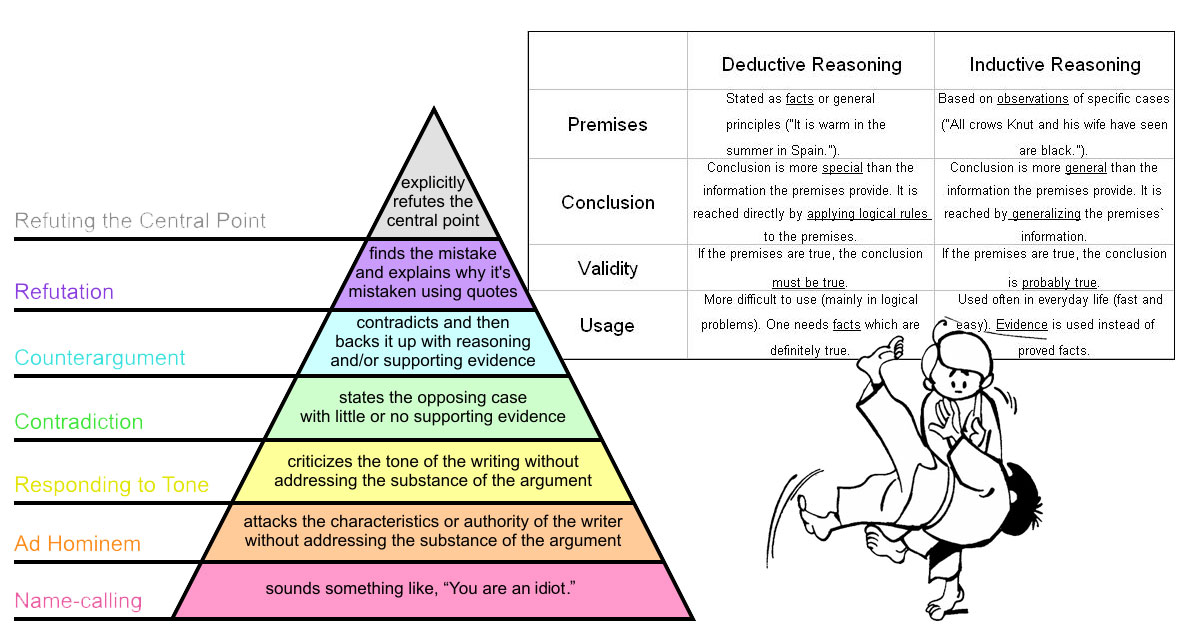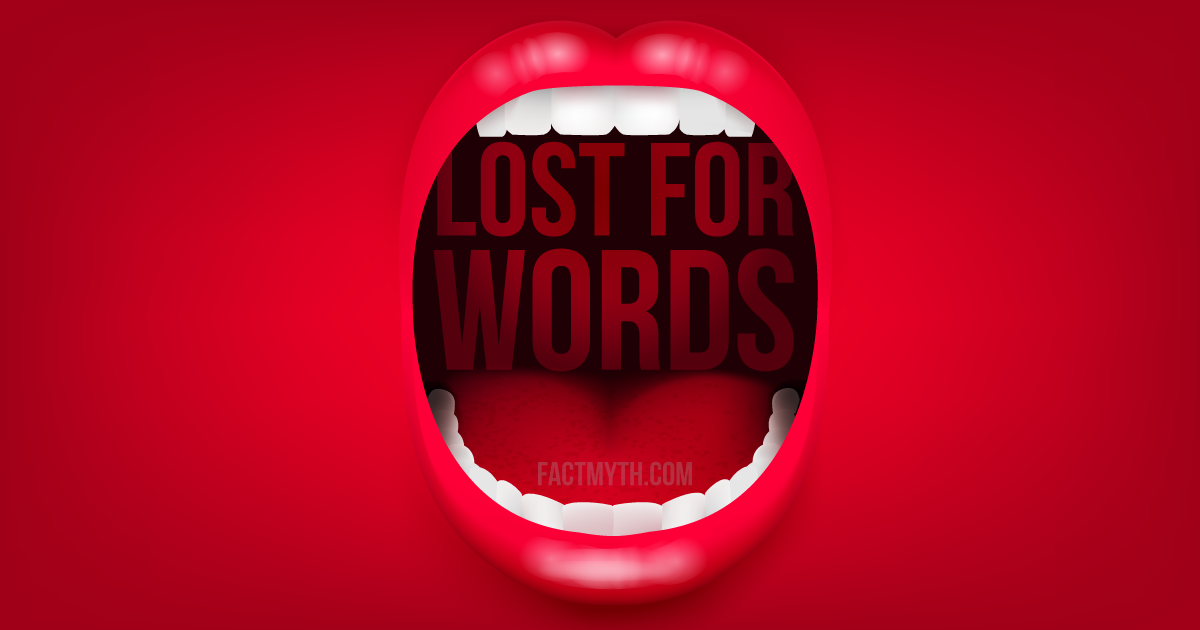Types of Propaganda, Propaganda Techniques, and Propaganda Strategies

We present a list of types of propaganda, propaganda techniques, and propaganda strategies used to manipulate public opinion in the modern day.
Perception is our awareness and our impressions of things.

We present a list of types of propaganda, propaganda techniques, and propaganda strategies used to manipulate public opinion in the modern day.

We discuss “giving names to concepts” (defining terms), identifying with terms, be identified by terms, and the implications of this.

We explain how experience and social interactions shape our frame of reference and create ideological bubbles, and how this creates confirmation bias and “bubble filters” that reinforce these bubbles.

Conspiracy theories are sets of one more speculative hypotheses, backed by fallacious reasoning, that suppose a conspiracy.